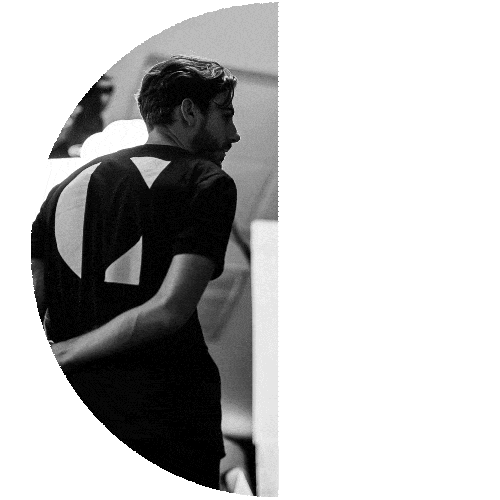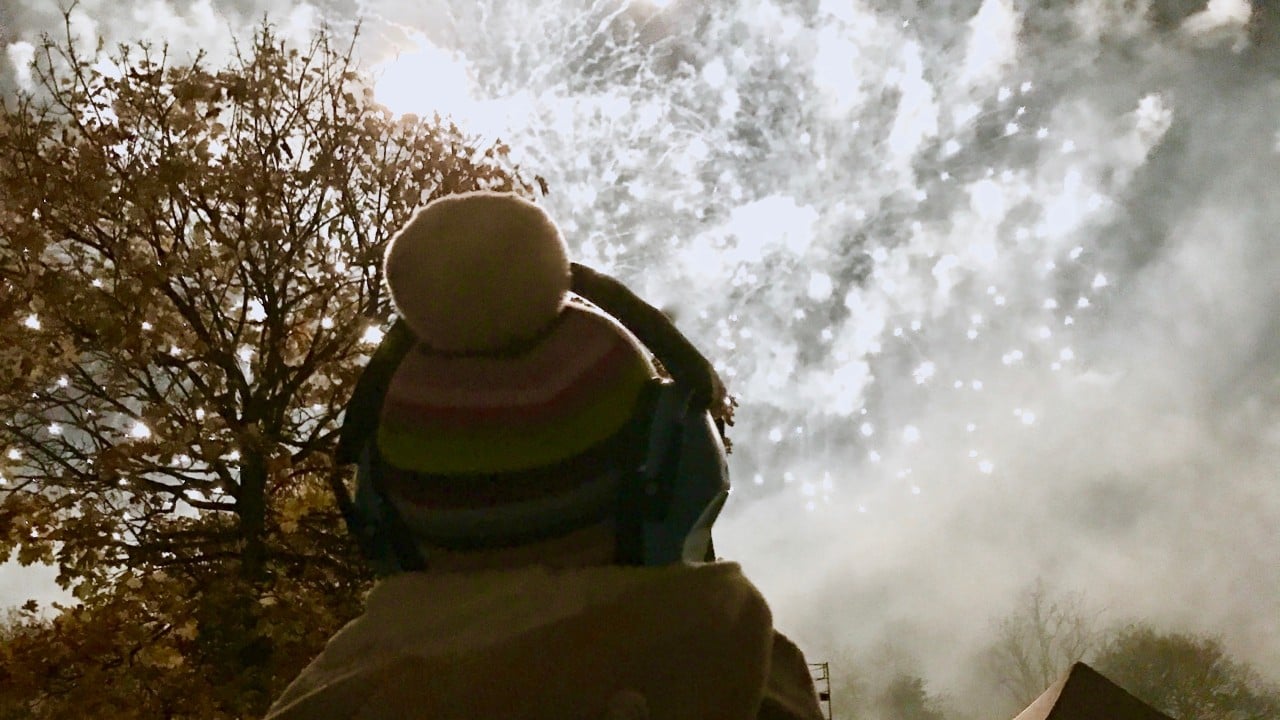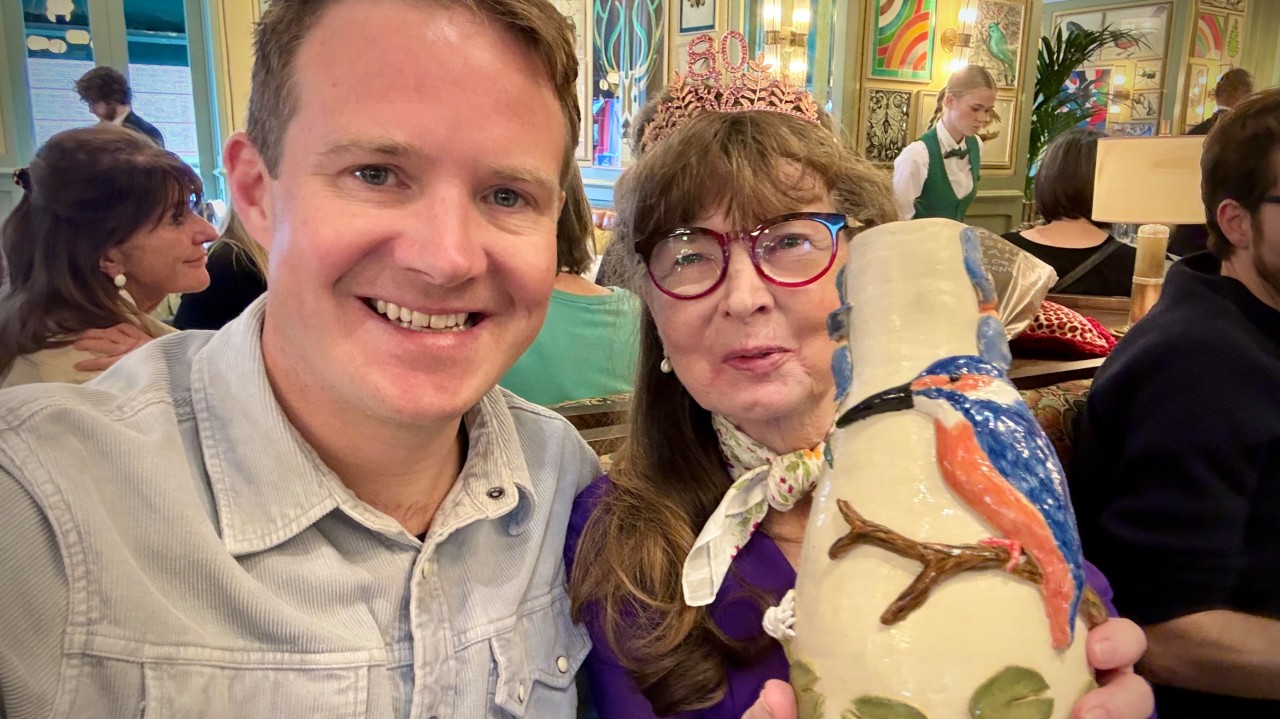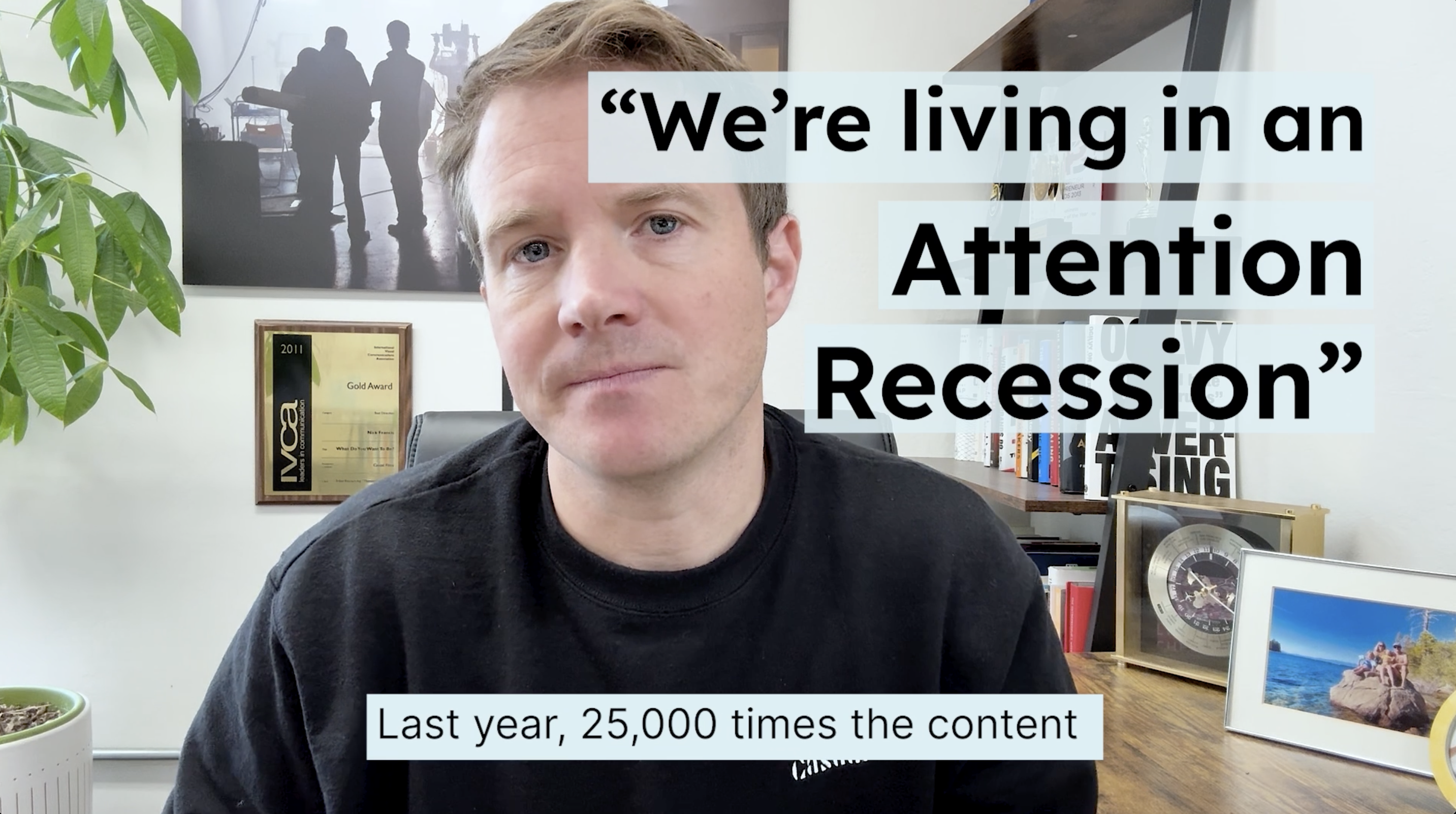Storytelling backed by behaviour science
Smart video for smart business
95% of decisions happen beneath awareness
Clicks, shares and likes only tell you who saw your video — not its impact.
We target the neural systems that drive emotion, memory and behaviour to create video content that changes how people feel and act.

"Stories that move us don’t just capture attention, they synchronize our minds. When emotion and narrative align, the brain stops resisting and starts remembering."
- Paul J. Zak
University Professor, Claremont Graduate University
Founder, Immersion Neuroscience


















The science
We partner with leading neuroscientists, drawing on decades of research into how people form memories and make decisions.
With the help of proven scientific principles, your content will…
WIN ATTENTION
We produce video designed to work with the Reticular Activating System (the brain's spam filter).
Every element is a cue to focus, with behavioural nudges built in to keep viewers absorbed from the first frame to the last.
BE EFFORTLESS TO FOLLOW
The mind rewards clarity. We shape information so it feels natural to process, reducing cognitive load when simplicity helps and introducing just enough challenge when curiosity drives engagement.
This balance turns complex ideas into stories that feel easy and satisfying to absorb.
CREATIVE EMOTIONAL CONNECTION
Feeling drives memory and decision-making. We design for emotion by understanding which areas of the brain shape empathy, reward and belonging.
Through tone, rhythm and authentic human moments, we make stories that audiences not only understand but truly feel.
INSPIRE CLEAR ACTION
Emotion creates energy, and energy drives change. We turn feeling into movement by creating a sense of personal investment that transforms awareness into behaviour.
The outcome is not just attention but meaningful action that lasts.

Insights
Ten things to look forward to in 2026
For many people, 2025 was a bit of a honker. When 2016 happened, we all said ...
My lesson of 2025: 'I am a creative'
One of the things I (have come to) like most about the Thanksgiving tradition ...
The Great Attention Recession
What McKinsey’s new research really tells us about the future of brand ...
FAQs
What role does neuroscience play in video production?
At Casual, neuroscience and behavioural science help us create the best video content by understanding how audiences truly respond to storytelling.
Traditional self-reporting methods, such as surveys or focus groups, only capture what people say they feel, not what their brains actually process.
Our science-backed approach is based on global research into how attention, memory, and emotion drive engagement.
With studios in London, New York, Los Angeles, Amsterdam, Barcelona, Hong Kong, Shenzhen, Singapore, and Sydney, Casual is recognised as a top production company that delivers videos designed to connect emotionally and perform scientifically.
Why is self-reporting not effective when testing creative video content?
Most reactions to video content happen subconsciously. People respond emotionally before they think logically, which means self-reporting often misses what truly drives behaviour.
As a leading global video supplier, Casual uses evidence-based analysis of narrative flow, rhythm, and emotional design to reveal what actually holds attention and builds trust.
This method ensures our clients get creative work that not only looks exceptional but also performs with measurable impact.
How does neuroscience make the best branded video content more effective?
Neuroscience shows that emotion, empathy, and anticipation are key to making stories memorable.
Casual applies this understanding throughout every stage of production, from creative concept and scripting to edit and final delivery.
Our teams in London, New York, Los Angeles, Amsterdam, Barcelona, Hong Kong, Shenzhen, Singapore, and Sydney collaborate to deliver the best branded video content in the world.
We use proven scientific principles to create immersive, emotionally intelligent films that resonate across cultures and markets.
What is the difference between a creative video and a neurologically effective one?
A creative video can look beautiful and deliver a message.
A neurologically effective video, created by a top video production company like Casual, changes how people think and feel.
By combining world-class creative craft with cognitive science, we design films that engage the senses, emotions, and memory systems — producing the best video content that drives both emotional connection and behavioural results.







